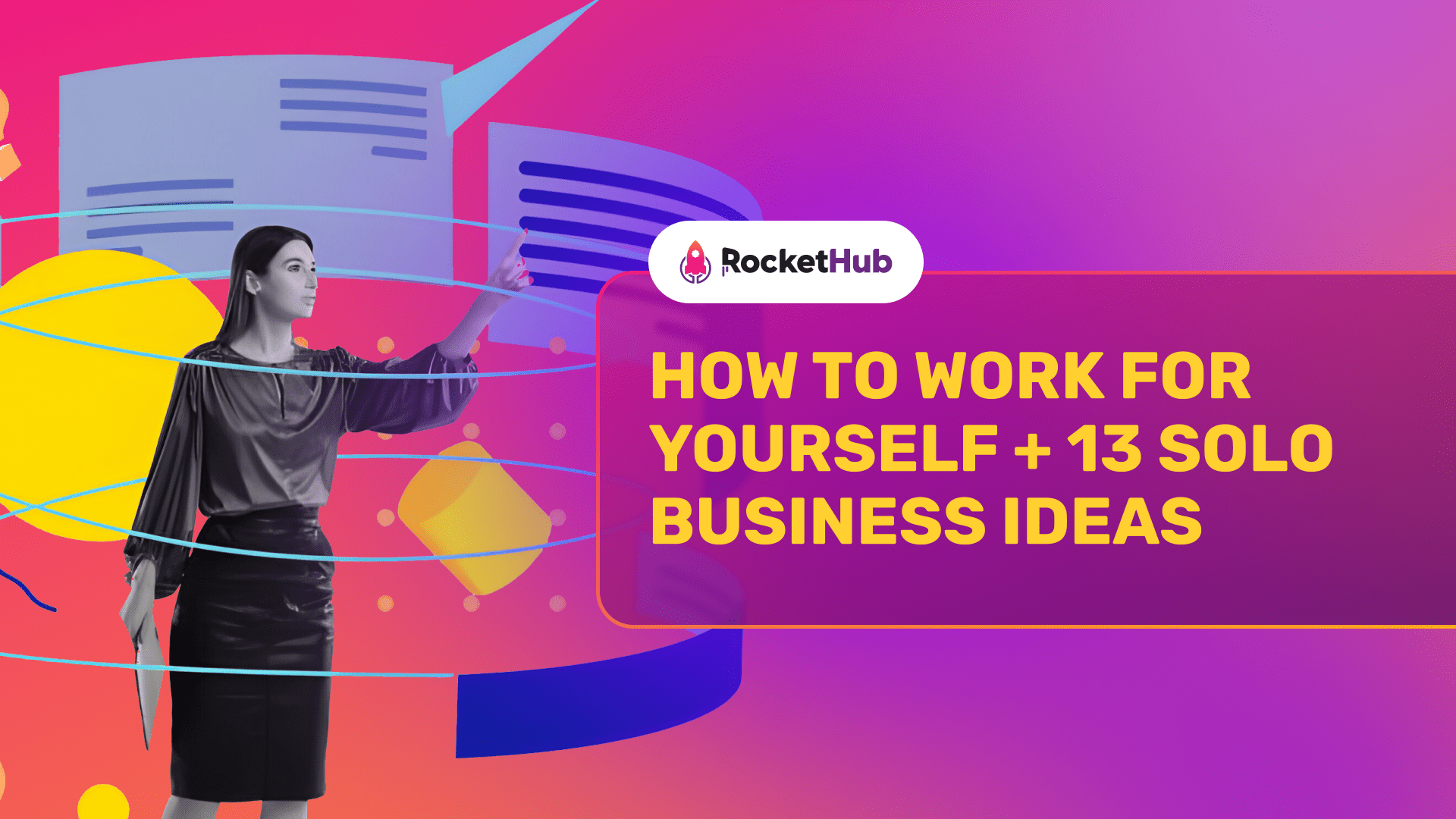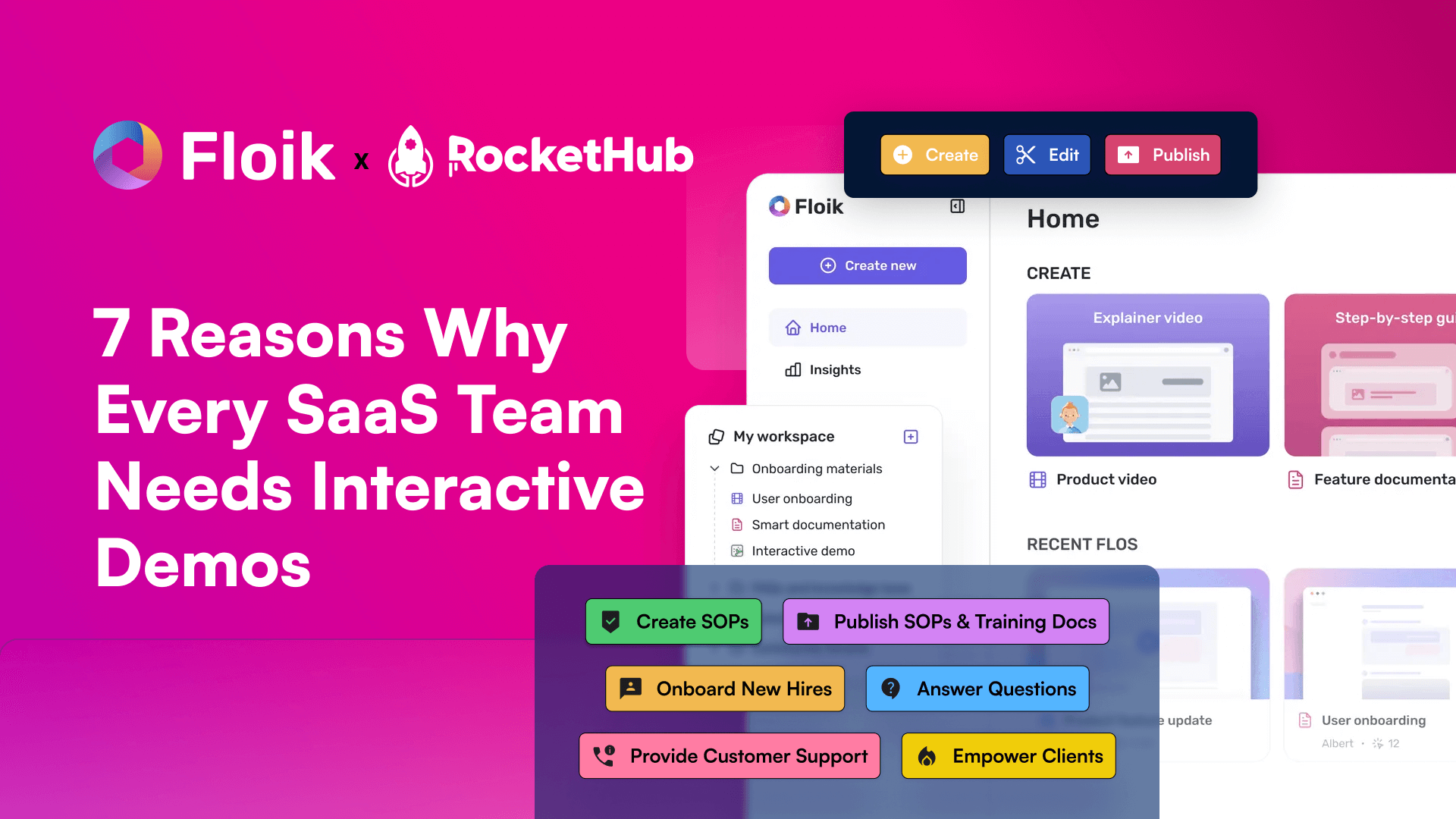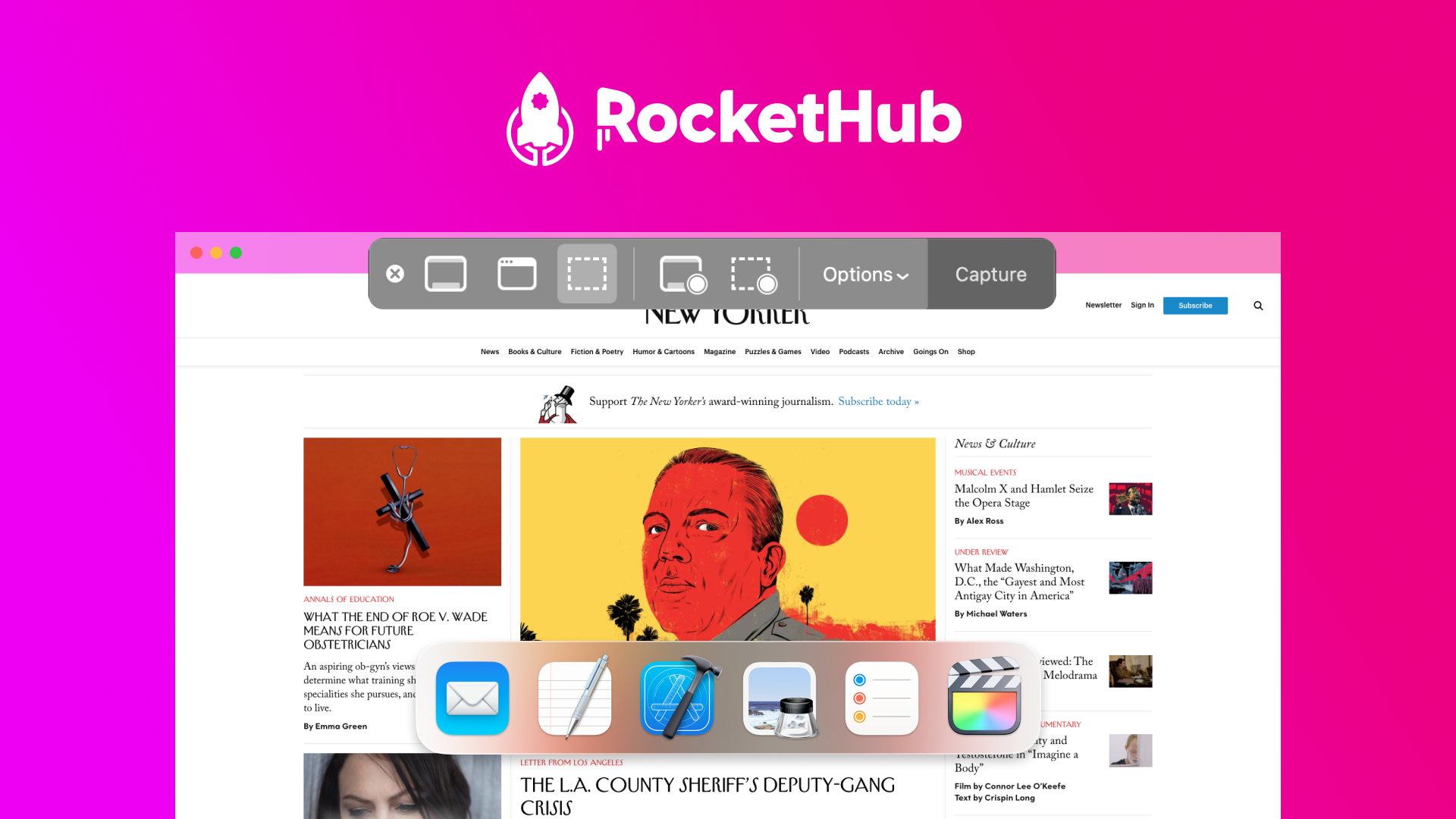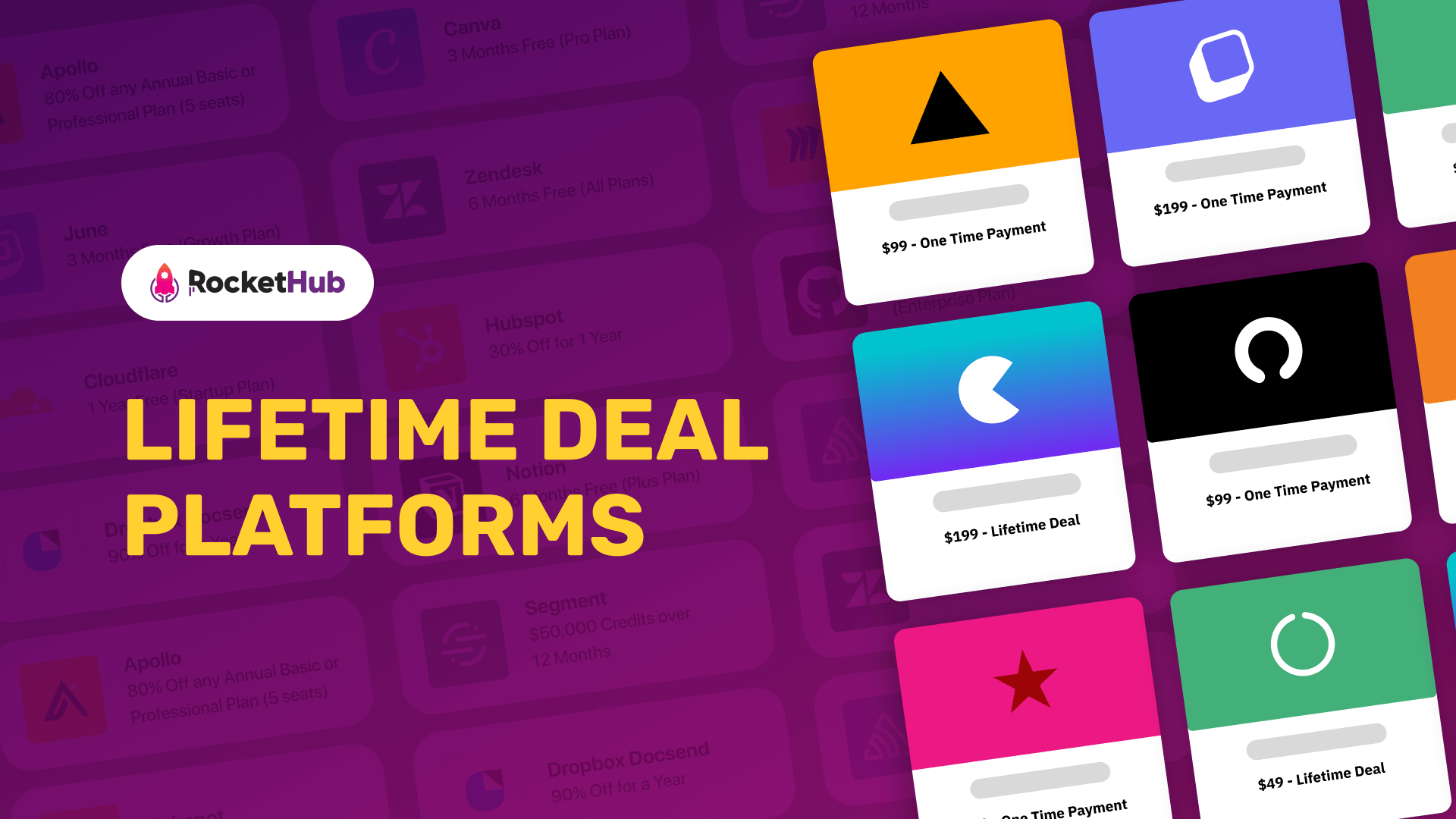
Top 10 SaaS Growth Hacking Strategies that Work
- Angel Alfred
- December 13, 2022

As the SaaS sector has grown in recent years, businesses have had to become increasingly savvy when it comes to maximizing their growth. Having the right growth hacking strategies in place is a must for any business looking to succeed in the SaaS space. In this blog post, we’ll be discussing the 10 top SaaS growth hacking strategies that have been proven to work.
Top 10 SaaS Growth Hacking Strategies
With the right growth strategies in place, you can maximize the potential of your business and achieve the growth you desire. So, let’s take a look at the 10 top SaaS growth hacking strategies that work.
1. Get listed on Online Directories

It’s not enough to build a product that sells. It takes extra effort to help your product get discovered, and online directories are a great way to start some organic growth. 97% of consumers consider product reviews while making a purchase decision. This shows that online directories aren’t just digital replacements for Yellow Pages. Their use-case goes beyond the traditional ‘finding the right vendor.’
It’s true that industry-specific directories already have relevant traffic, firms that are looking to buy just what you’re selling. But directories are also a place of community reviews that give the much-needed credibility and customer trust that your SaaS company needs. SaaS management platforms help businesses proactively identify and manage all of the SaaS software used in the business
2. CRO Tools
One of the primary reasons for low sales is a leaky sales funnel. This is where CRO tools (Conversion Rate Optimization) pitch in. SaaS companies are in the constant loop of turning visitors into users, leads into PQLs(Product Qualified Leads), and PQLs into paying customers.
This means constantly monitoring and revising conversions, engagement, and upselling to keep the growth intact. CRO tools shown below give the much-needed push in between when the process becomes stagnant.
Exit-intent Popups: Many companies think that popups are dead because they tamper with the website experience. The only trick here is to use it after knowing the problem, intention, and solution. If done right, popups can have a conversion rate of 10% to 60%. But they need to be content-specific and behavioral.
Consider the big five parameters: Content, Design, Value, Page location, and Trigger while deploying a popup. Defining these parameters depends on your core message, but there are chances of a high conversion rate if you get these right.
Sticky Bars: A sticky bar is a horizontal bar on the website used for increasing conversions. It often has a crisp message with a powerful CTA. Sticky bars are an excellent alternative for companies that don’t want to use popups as they aren’t as intrusive. You may have noticed a lot of startups using it to make announcements or promotions for a webinar, funding round, new feature release, etc.
3. Chatbots to Improve Engagement and Conversions
75% of your website visitors will leave without giving you any information, and your anonymous visitors will be just that – anonymous. And a big reason why we need to look at this is that you are burning a lot of advertisement dollars into these eyeballs on your website, and it only makes sense to deploy a mechanism that gives better engagement, conversion, and ROI.
Enter chatbots!

Currently, 58% of the companies using chatbots are b2b companies since bots enhance website conversion rates by 33% in the industry! In a highly saturated market, it’s wise to go beyond conventional marketing strategies. 77% of SaaS marketing professionals think personalization can fuel b2b growth by providing a better customer experience.
Bots considerably increase lead generation and qualification activities on digital platforms through automated conversations and reduced human efforts.
For example, we deployed a bot on our website to engage with our audience and capture their intent. Furthermore, to make it more contextual, we deployed different bots on our most popular pages like pricing, and features, so that the bot can have context-specific conversations with them.
In simple terms, here’s what the bot does:
- Engages with the visitors on our website
- Starts a friendly conversation with them
- Probes them to understand their motive on the website
- Based on the motive, the bot asks qualifying questions
- Looks at the data and decides whether the lead is qualified
- If so, passes the information to our Salesforce CRM
- And suggests the visitor read some of our signature blog topics
And having it do just this, has delivered us crazy results as you see in our weekly report below. 350+ leads per week are just awesome!
The reason why chatbots are one of the top growth hacking techniques in the SaaS industry is that chatbots facilitate conversational marketing – a technique that allows real-time engagement on your digital platforms.
You may think building a chatbot is tough, nah, it is as easy as it can get with no-code bot builders. No-code bot platforms like WotNot have a really simple drag-and-drop interface to create conversation flows in hours, without any dependency on your technical team.
We are naturally drawn towards a tool where we get to participate in conversations. Chatbots leverage this and engage site visitors through two-way participation that enhances your lead generation.
4. Product Hunt Launch
If you have added a new tool or rolled out a complimentary product, Product Hunt is the go-to place for launching your product. It is a niche community of passionate SaaS founders and product enthusiasts looking for the best new products. A presence there can get you a burst of recognition and do wonders for your brand awareness.
Have you ever been on a stage for a performance as a kid thinking this experience will either make or break you? Think of Product Hunt just that for your SaaS product launch.
A successful launch on the platform can land you in the top position and bring a chain of potential subscribers with it. But an unsuccessful launch can do the opposite.
So before launching your product, ask yourself, do you have a well-built product in the tech startup domain? Is your product something that offers value? Do you have an audience for that product? Will the audience pay for your product? Once you’re clear, start promoting the launch of your product to reach the top of the Product Hunt list.
5. Influencer Reviews
Influencer Reviews aren’t just for b2c. They’re as effective in SaaS and other b2b businesses. Before making a software purchase, any SaaS company would identify vendors, compare the features, and review using review portals. A review by an industry expert and an influential personality would, by default, get more recognition and credibility.
Below, you see Harsh Makadia, a young influencer in the web development, no-code space influencing a post about our new freemium plan.

A majority of the population also uses social media and follows influencers on these platforms. So what great way to market your product where your prospects already are? You already have a relevant audience. Probably one of the primary hindrances that businesses have using this strategy is a budget. But that can be worked out.
First, look for the best influencers in their field and have an established audience that matches your buyer’s persona.
Start engaging with them on their social media handles. React to their content, comment on their posts, and participate in their live streams.
When they share your content, always reshare or retweet to acknowledge and appreciate them.
Once you’ve built a rapport with them, you can offer an incentive to promote your product.
It doesn’t just have to be monetary but also a lifetime free subscription or a 12-month pass to your product, etc.
Allow them to try the product and write an honest review for their audience.
Good influencers that have a good reach need constant nurturing and convincing. So don’t just magically expect them to give you a review but talk to them like you actually mean a favor. Relationships are everything in business, and the better relationship you have with influencers, the more helpful they could be to you.
Influencer marketing also needs to be a win-win situation. An influencer needs to benefit from your product/content as much as you can benefit from their audience. Even if you’re spending money, do your research on the reach and authenticity of the influencer to know you’ll get a good ROI.
6. Referral Marketing
Despite the competition, firms have built an empire of subscribers based on just referral marketing. Sounds fascinating, isn’t it? But the power of referral is real. After all, don’t we all trust the recommendations of a person we know instead of a stranger?
The lifetime value of a referred customer is 16% higher than a non-referred one, and companies with a referral program experience an 82% higher revenue than those that don’t.
By incentivizing referrals, you’re building a solid user base. Just the way Evernote did with “invite your friends, and they’ll get premium, and you earn points” or Dropbox did with “get 16 GB free by inviting friends to use Dropbox”.
Some of the other most common referral techniques are to offer a discount on a subscription, a free extension of the trial, and access to premium features for free.
As a SaaS business, referral marketing extensively lowers your Customer Acquisition Cost. You’re offering rewards only when a prospect becomes a customer. That reward bears minimum or no cost to you, say providing an extended trial period or providing access to exclusive features for a limited period.
Furthermore, when a customer refers to your product, they’re likely to refer to like-minded prospects looking for a product like yours. You’re not just getting leads but rather getting reliable leads. Research shows that a high-impact recommendation from someone you know triggers a purchase 50% higher than a recommendation from the company!
7. Enlist on Lifetime Deal Sites
No matter how much money an enterprise has, it will always look for a cheaper alternative for buying new software or tools. It is a universal behavior always to spend less and save more.
There are a lot of platforms in the b2c sector that enlists exclusive deals with top brands and companies, which helps both the customers and the companies. The former is to find a product/service at a cheaper rate and the latter is to generate brand awareness. The same is practiced in b2b through sites like Appsumo.
As a SaaS product, you can partner with RocketHub to gain traction and develop awareness for your product. Sometimes you can do everything right but still lack distribution power. A digital marketplace where you can get eyeballs from the relevant audiences is just the Growth hacking technique you need in this case. You can generate a large number of sales and quickly get the value of the discounts and deals you offer them on these platforms.
8. Go Freemium
It is evident that SaaS and freemium work well together. Freemium SaaS tools convert 25% more customers without the need for sales as compared to free trials. A Freemium model allows users to use the basic product or service for free but must pay for a premium version with additional features.
But you must be having the one question that everyone does while thinking of going freemium, “Will it really help me grow my business?” There is no straightforward answer to that.
Freemium is considered a highly effective marketing strategy. Instead of all words, you’re allowing your customers to evaluate the product by themselves. So before answering your question, let me ask, do you believe in your product? Is your product unique enough to market itself?
Then freemium is for you as you will get tonnes of people who will try your product and help you find potential paid customers.
You also need to understand that offering a free plan means a high volume. A high volume means your product is marketed to even their customers without any additional efforts from your end.
Let me give a talk about a case study of why we adopted a Freemium model.
We were experiencing a decent number of signups & traffic each month but were still below what we hoped to achieve. We researched several channels to increase traffic and signups, and also looked into where the majority of our current traffic & signups came from.
What we found was that ~58% of our signups came from bot referrals, i.e., visitors who visited our customers’ websites and spoke with the chat widget. While doing this, they felt a need for their own business and clicked on the ‘powered by’ branding on our chat widget to check the product out.
Since these numbers were already amazing, it only made sense for us to get more traffic to our website and get more signups by having hundreds and thousands of businesses using our chat widget for free. So we rolled out the freemium pricing strategy.
Some of our customers have millions of visits monthly, and we wanted to leverage their traffic. Eventually, this helped us increase our signups, with 30% of the total signups coming from the ‘powered by’ branding the bot gets from getting deployed on numerous sites.
At a time when advertising is all about chunking out expenditure, this level of free viewership makes the freemium pricing model worth it. You also get to track the user behavior for your product and understand what’s working well for your customers and what isn’t. This isn’t something you can find out with a 14-day or a 30-day trial period.
9. Create a Library of Content
Content marketing has remained a constant strategy for growth for SaaS over the years. Content marketing isn’t just publishing lots of blogs and social media posts but also publishing lots of quality blogs and posts that engage visitors and urge them to come back for more and also about reworking your old content to attract a particular set of audiences.
When I say quality, I mean putting our relevant content out there that your audience expects from you. It is how we structured our content strategy. Most of our customers approach WotNot to solve two significant problems: Lead generation and Customer Support.
Content marketing again enhances your organic traffic since high-quality content drives 3x more leads than paid advertising. But since content marketing is the most accessible way to the growth ladder, it is also one of the most competitive. So some tips to stand out are:
- Balance information and curiosity
- Be conversational
- Add the empathetic touch
- Understand what motivates your audience
- Encourage participation
- Add images or infographics
- Consider the SEO metrics (Keywords, length, title, meta description, etc.)
10. Leverage the Network Effects of Integrations
If you get to the bottom of core SaaS challenges, you’ll realize that many customers fail to recognize the value of the product and, most times, are hesitant to switch from using their existing tools. Due to this, it becomes imperative to leverage software that adopts a platform-based model with a range of plugins and integrations.
A collaboration between technologies can create a ‘network effect’- a phenomenon where if a product’s value to the user increases, the number of users for the product grows, and more information, data, and content is produced. Network effects are responsible for 70% of the value created by tech companies.
Wrapping Up
SaaS growth hacking is a powerful tool for growth and success. The strategies outlined in this article can maximize your potential to reach new customers, increase sales, and increase revenue. It is important to focus on developing customer relationships and utilizing customer feedback to make improvements to your products and services. With the right strategies, SaaS companies can take advantage of the opportunities growth hacking offers and reach their goals.
Share This Post
Angel Alfred
Angel is a digital marketer, a mental health speaker, and above all, a writer. She loves being a part of the RocketHub team and is keen on learning and taking over new challenges every day!
Table of Contents
Get The Latest Updates
Subscribe To Our Weekly Newsletter
Sign up below to be one of the first crew members onboard and get early access to amazing deals.
Recent Posts


Social Media
Categories
Related Posts
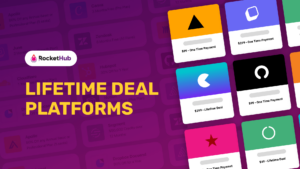
Lifetime Deal Platforms
The best lifetime deal platforms for software. Platforms lik RocketHub scour the web for the highest quality products to bring buyers the best lifetime deals on their platform.
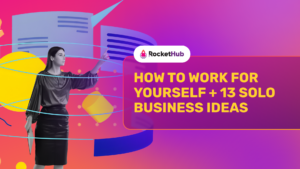
How to Work for Yourself + 13 Solo Business Ideas
Do you ever wonder if being your own boss could truly set you free? In this article, we’ll explore the theory that unleashing entrepreneurial freedom
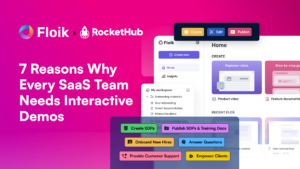
7 Reasons Why Every SaaS Team Needs Interactive Demos
Making a Case for Interactive Demos: 7 Reasons Why Every SaaS Team Needs Them Let me paint a scenario for you. You want to buy
